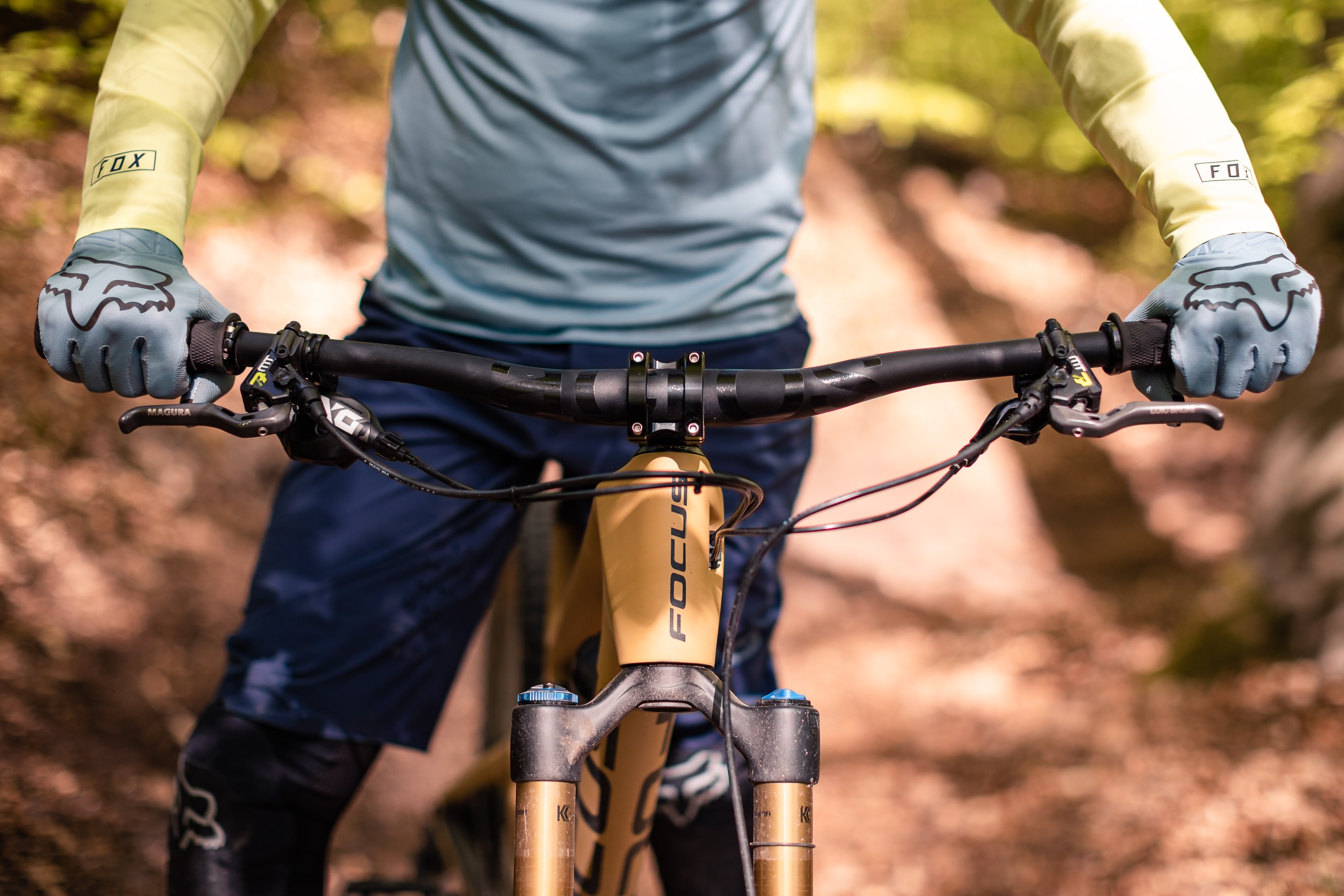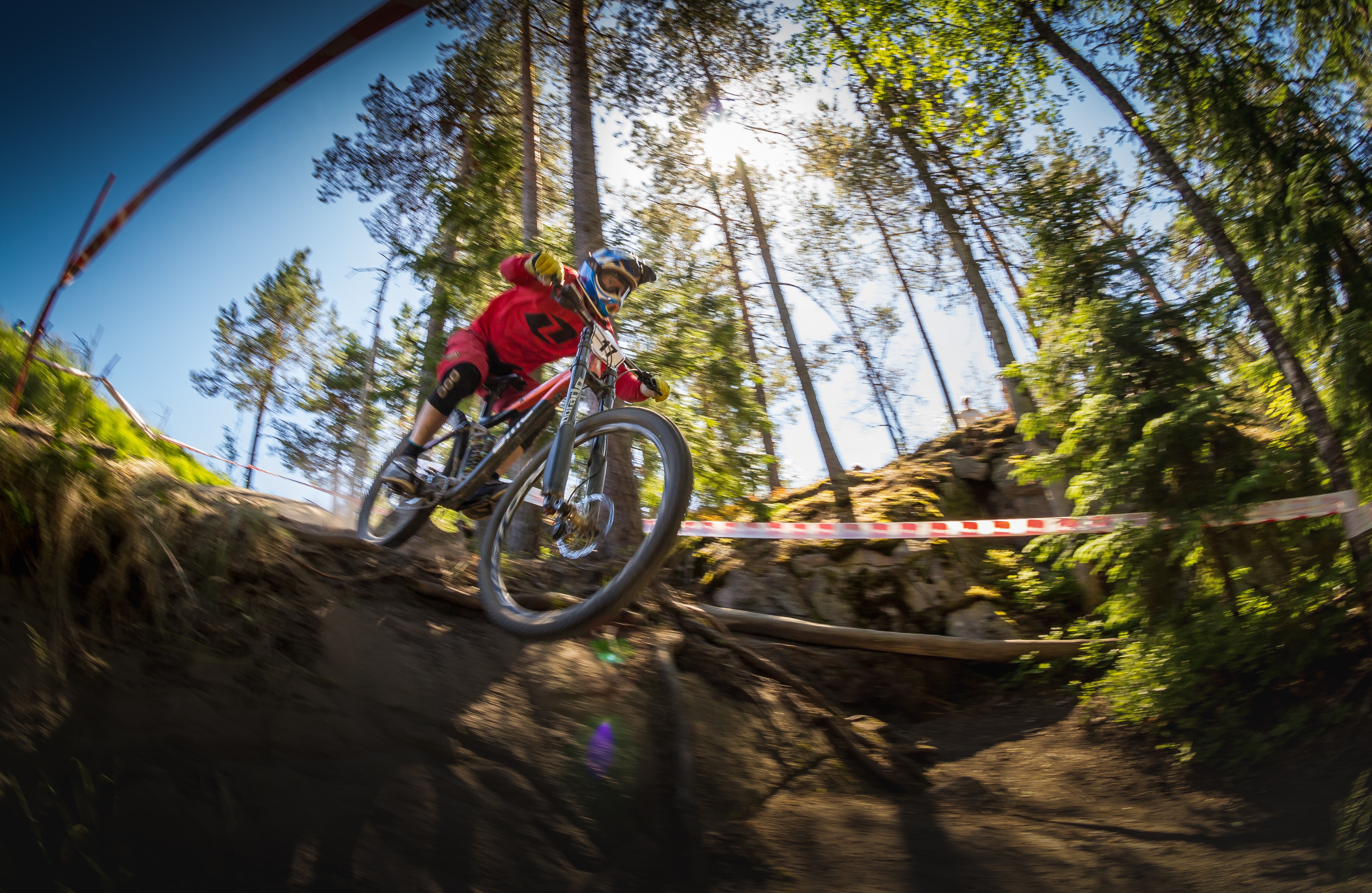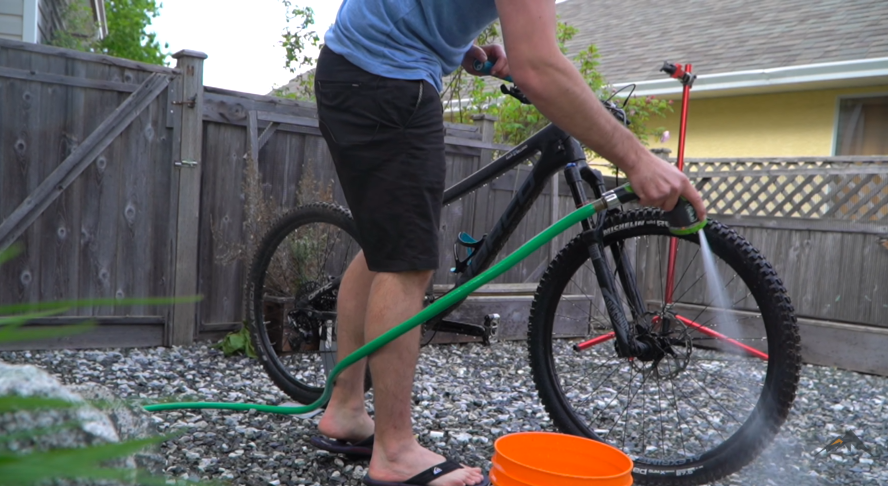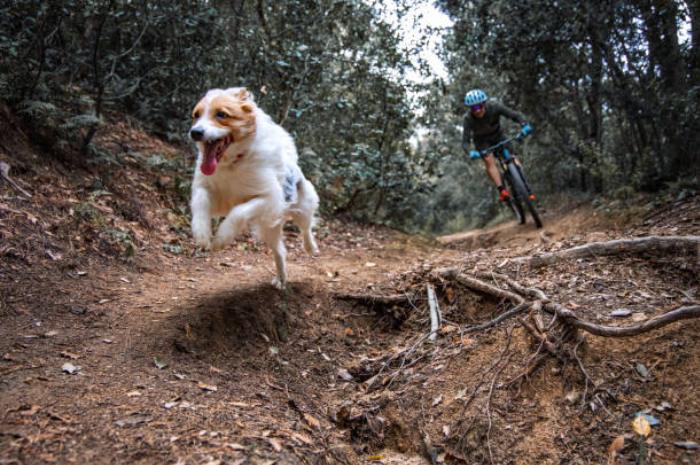If you're a mountain biker, then you know that one of the biggest challenges is staying comfortable while riding. One of the most common issues riders experience is numbness in their hands.
This can make it difficult to grip the handlebars and even lead to control loss. It can be really frustrating, making it difficult to ride for extended periods of time.
So why does this happen? And more importantly, what can you do to prevent it?
Let's explore why your hands might get numb while mountain biking and some tips that can help you avoid this issue.
Why Do Your Hands Get Numb While Mountain Biking?
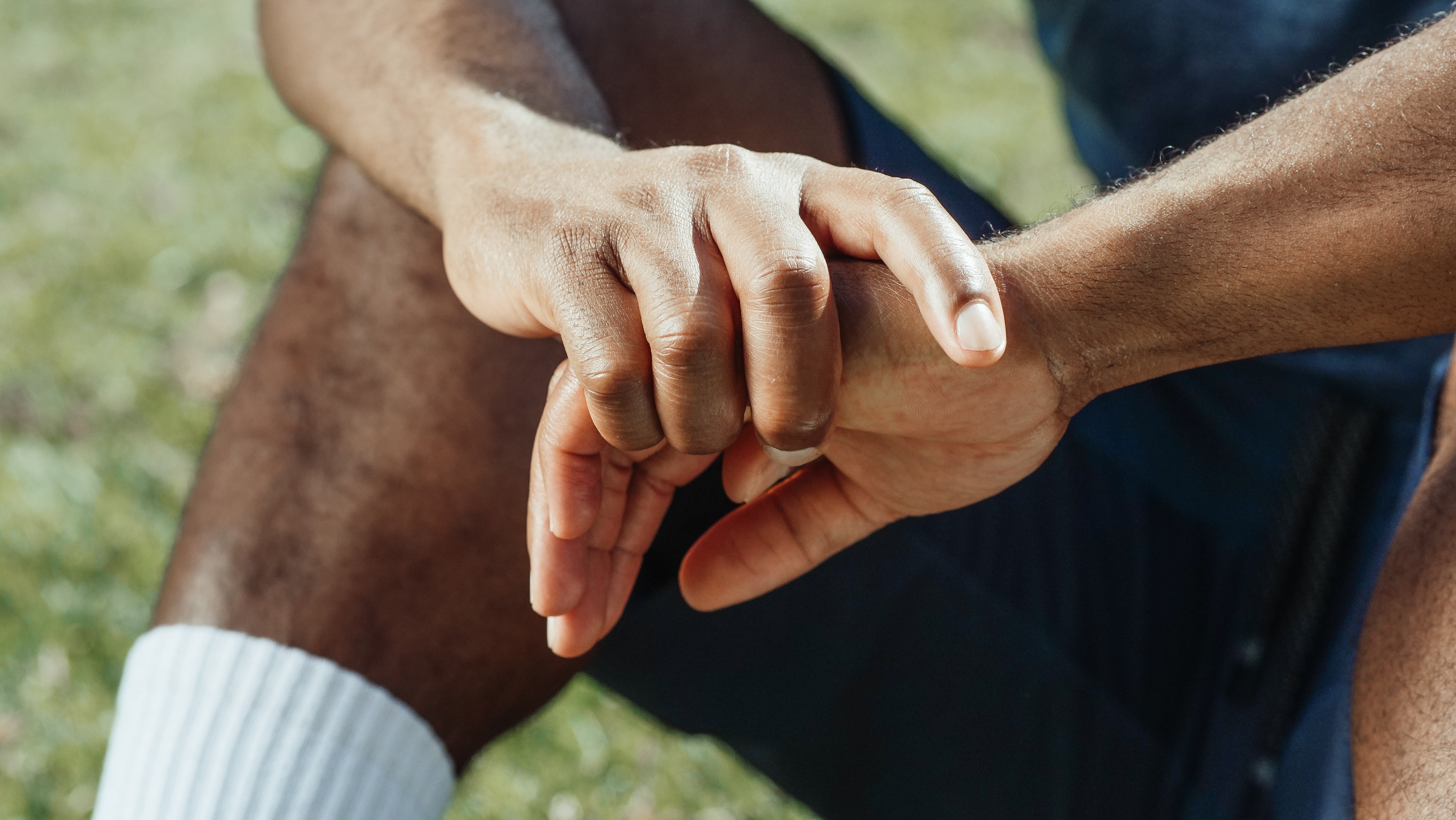
There are a few reasons why your hands might get numb while mountain biking. Here are some of the most common causes:
- Poor posture - Not sitting up straight or leaning too far forward on your bike can put pressure on your nerves and cause numbness in your hands.
- Stress on your palms - Gripping the handlebars too tightly can put pressure on your palms and lead to numbness.
- Poor circulation - When you're riding, your body works hard to keep you moving forward. This can sometimes cause poor blood circulation in your hands, leading to numbness.
- Vibration - Riding over rough terrain can cause vibration. If this vibration is strong enough, it can cause numbness in your hands.
- Cold weather - In cold weather, your hands may become stiff and cramped. If you don't have proper hand protection, this can lead to numbness.
- Nerve damage - If you suffer from nerve damage, it can cause numbness in your hands while riding, which is extremely dangerous.
How to Prevent Numbness in Your Hands While Mountain Biking?
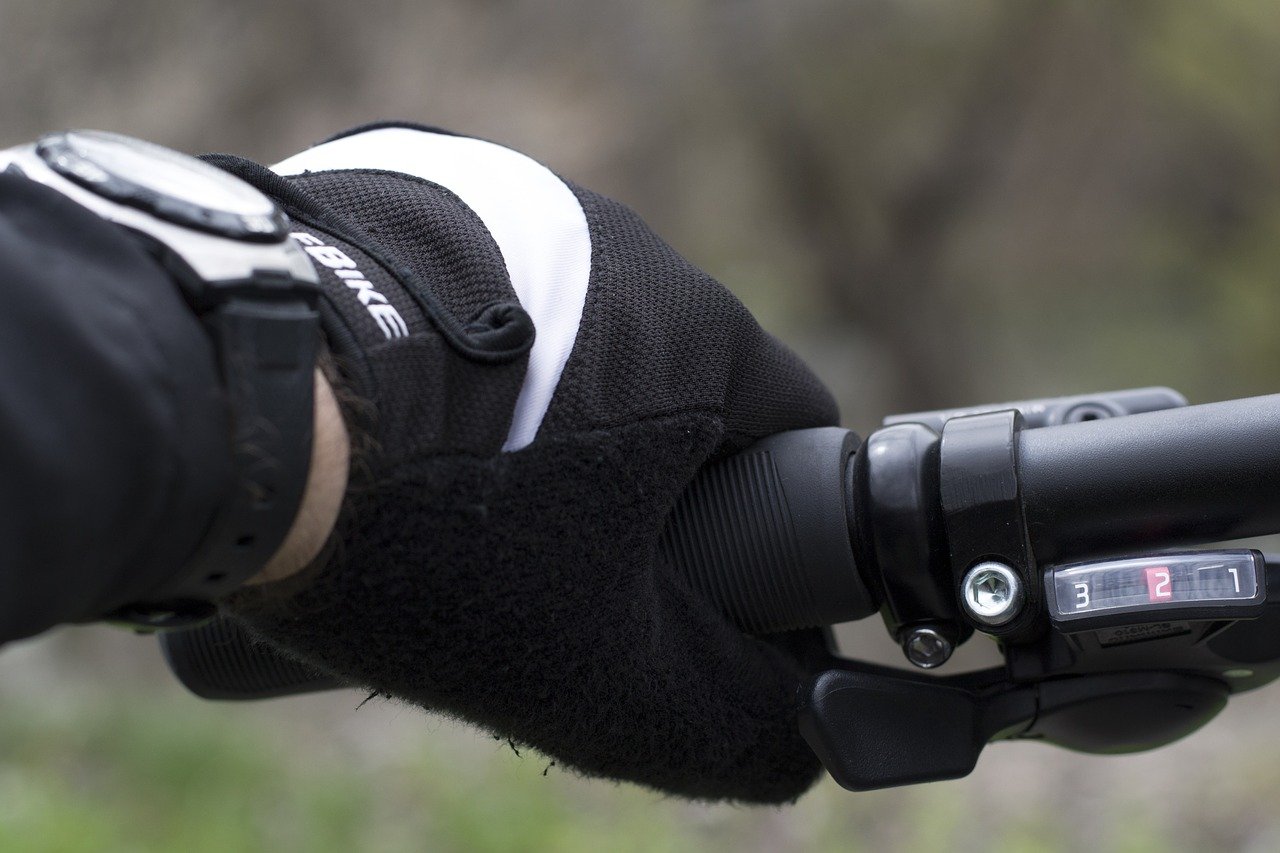
Now that we know some of the reasons why your hands might get numb while mountain biking, let's look at some tips that can help you avoid this issue.
1. Relax your elbows
Keep your elbows relaxed in all positions so that you can absorb vibrations from your trails. Relaxing your elbows will also work your core and back muscles, alleviating some of the strain off of your hands.
2. Adjust your hands
To avoid putting the same continuous pressure on your wrists the whole time, modify the position of your hands throughout a ride. This can help to distribute the pressure more evenly.
3. Use your core
When riding, keep an eye on your overall posture and the degree of engagement in your back and core muscles. You can relieve pressure on your arms and hands by making minor adjustments to how you move.
4. Get a bike tune-up
Remember, reducing vibration is critical, so make sure your suspension is adjusted correctly, and the brakes are in good working order (not too much resistance).
5. Get a proper grip
To avoid gripping the bow too tightly, consider using thicker, more tacky grips. Another choice is ergonomic grips. They are designed to put your hands in the best possible position and alleviate pressure points.
6. Wear gloves
Wearing gloves with cushioned palms, particularly on the pinky side of your hand, can assist. Just be careful that they don't fit too tight since this will make matters worse.
What is Handlebar Palsy?
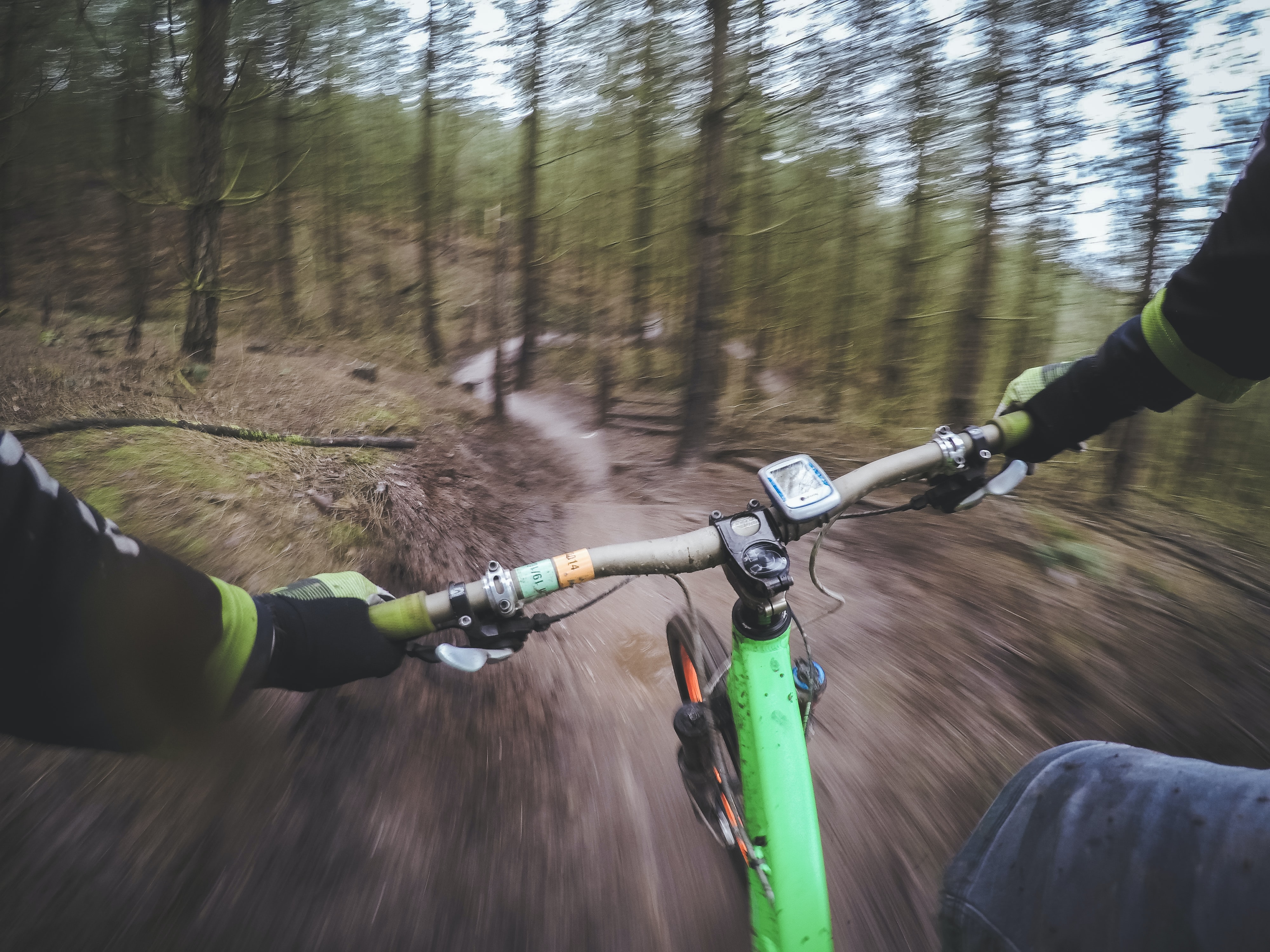
If you still experience hand numbness while mountain biking despite taking all of the preventative measures listed above, you may be suffering from handlebar palsy.
Handlebar palsy is a prevalent overuse or repetitive stress injury that affects both amateur and professional mountain bikers and cyclists.
This type of nerve damage can occur from prolonged pressure on the nerves in your hands and wrists.
The ulnar nerve travels from the wrist to the shoulder. It's mainly responsible for your hand movements.
When a rider cannot send nerve signals, it can cause pain and discomfort. Cyclists frequently shake out the afflicted hand for relief when compressed and unable to conduct nerve signals.
The problem is short-term, but symptoms can last up to eight weeks if the nerve is compressed for long periods or days without rest.
What Causes Handlebar Palsy?
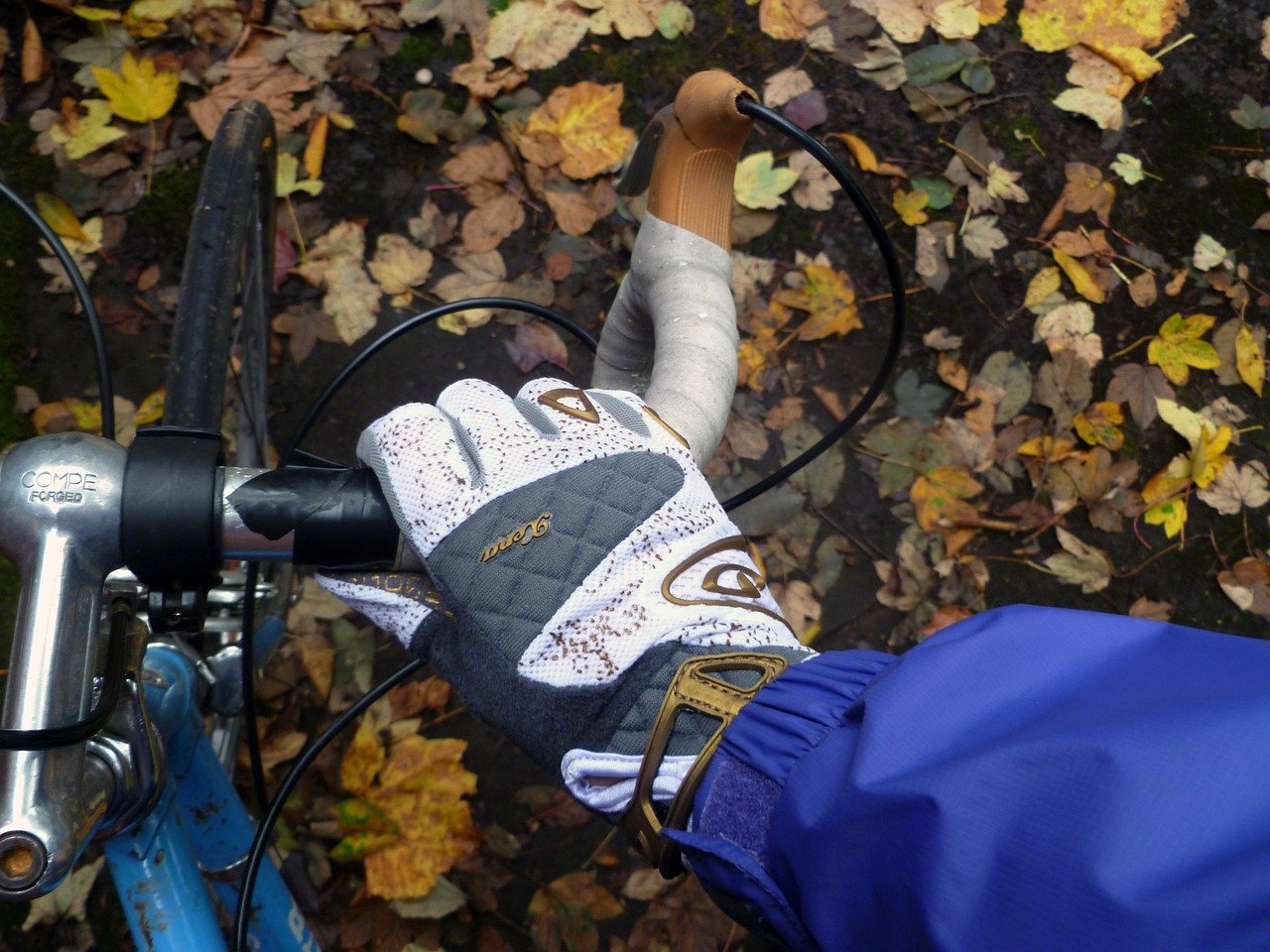
There are several factors that can contribute to handlebar palsy.
If the handle on your bike is too narrow for your hand size, it can create a pressure point that is too great to withstand.
The ulnar nerve is pinched with a tight grip on the bike, which is typical for novice riders.
Trauma may be increased when traveling on rough terrains. Hand position should be readily alterable to avoid the risk of developing handlebar palsy and other postural strain problems.
The pressure applied by your hands is determined in part by the type of handlebar tape you have and whether you're using padded gloves.
The way you position yourself on the bike and the age or thinness of your handlebar tape may also impact how much pressure your hands are subjected to.
How is Handlebar Palsy Treated?
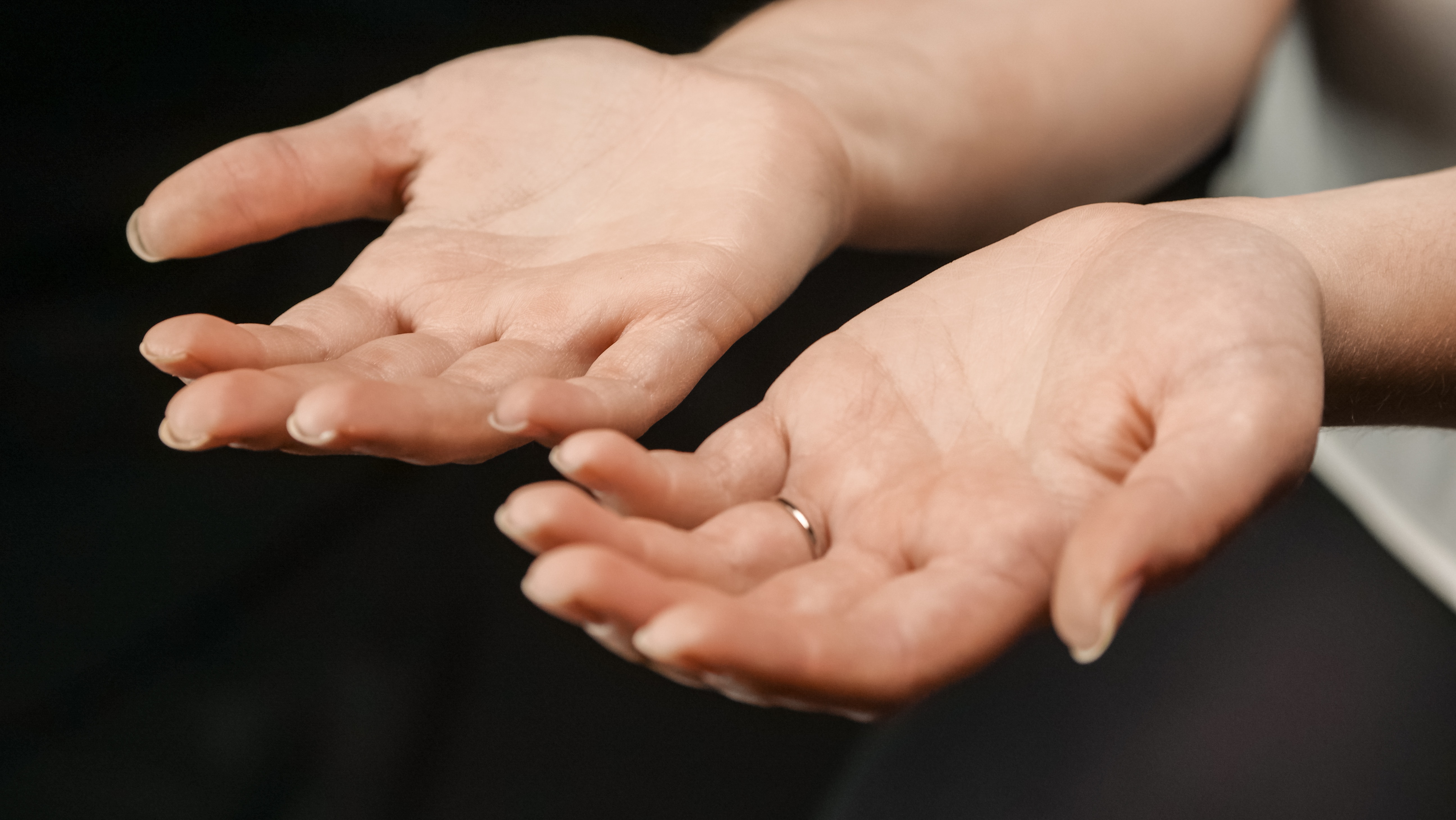
The most crucial part of treating handlebar palsy is to rest the affected area and give it time to heal.
If you continue to ride your bike, you risk further damage and lengthening the healing process.
Once the inflammation has gone down, you can begin physical therapy exercises that will help restore function to the nerve.
These exercises will stretch and strengthen the muscles around the nerve. You may also need a corticosteroid injection to reduce inflammation and pain.
Surgery is rarely necessary for handlebar palsy, but it may be recommended if there is persistent damage to the nerve.
If you are diagnosed with handlebar palsy, make sure to take the necessary steps to prevent it from happening again in the future.
Wear gloves, use padded handlebar tape, and take breaks often to give your hands a rest.
Most importantly, listen to your body. If you feel any pain or numbness in your hands, stop riding and seek medical attention.
Handlebar palsy can be a frustrating injury, but it is manageable with the proper treatment.
When Should You See a Doctor?

Hand numbness or handlebar palsy is typically a mild injury. You may be able to treat it at home with over-the-counter pain medication and ice.
If your symptoms are severe or don't improve after a few days, make an appointment to see your doctor.
You should also seek medical help if the numbness in your hands is accompanied by weakness, tingling, or pain.
Numbness and tingling in the hands are common symptoms of many different conditions, so it's vital to get a diagnosis from a medical professional.
If you're experiencing any of these symptoms, don't wait - see your doctor today!
Conclusion
Hand numbness while mountain biking is a common problem that many different factors can cause.
The most important thing you can do to prevent hand numbness or handlebar palsy is to stay hydrated, wear padded gloves and use padded handlebar tape.
If you experience persistent pain or numbness in your hands, stop riding and seek medical attention.
Rest the affected area and give it time to heal. You may also need physical therapy exercises to restore function to your nerves.
Most importantly, listen to your body and don't ignore any pain or numbness in your hands! If you're ever unsure, always see a doctor.
See you on the trails!

